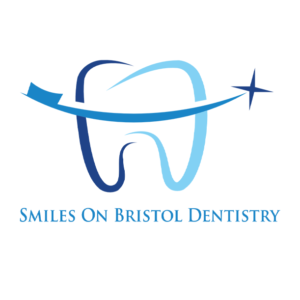According to experts, Dr. Danial Kalantari and Dr. Arcila of Smiles on Bristol Dentistry, 3D printing is the future of dentistry. Dentists have been using 3D printing for a while to supplement their production of various objects including metal frameworks for crowns and bridges, for orthodontics, and for replacing traditional impressions.
A number of areas of 3D printing, however, have not been accessible to dentists. Meeting the demand, companies around the world have been developing new innovations in dental and medical 3D printing, opening the door to a whole new range of possibilities.
Thanks to CEREC (Chairside Economical Restoration of Esthetic Ceramics), dentists have been able to construct veneers, crowns, and replacement teeth fast enough that the patient can simply wait in their chair. This method of construction, called milling, involves a machine subtractively sculpting out the new structures from porcelain. While effective, it lacks the precision and detail able to be afforded by 3D printing. Until now, 3D printers were too slow to efficiently help patients needing new dental work fast. However various companies have been developing new 3D printers able to meet the requisite speed. One such company is Carbon3D whose CEO, Joseph DeSimone, claims has a 3D printer that can print a new tooth in just 6.5 minutes. Another company based out of Australia, Gizmo 3D has also announced recently that they have developed their own 3D printer with speeds that can compete with Carbon3D.
Digital dentistry has fast been replacing traditional dentistry that requires taking potentially less precise, and more damageable impressions. Improved scanning technologies allow dentists to get a clear image of all the grooves, bumps, and shapes of individual teeth which is then all recorded digital. Computers can then use those scans to make much more precise apparatuses for patients tailored completely just for them. 3D printing is the best way to take the precision of digital imaging and translate it into physical objects.
Another 3D printing company, Stratasys, has developed what they are calling Objet260 Dental Selection, another medical 3D printer. This printer can make not only artificial teeth, but also gums, and nerves. Its purpose it not for use on patients, but rather as a learning tool for both patients and dentists. Dentists can use highly realistic 3D printed models of mouths in various conditions to show patients exactly what something they are referring to looks like. It also allows dental students to experience a wider, more realistic range of dental models to supplement their learning. It also allows dentists to print highly accurate models of patient mouths, so that their mouths can be assessed in a multitude of ways without the patient needing to sit uncomfortably through extra examinations.


